
The Triumphal Arch of Emperor Maximilian I Amusing
The tall central tower makes its own territorial claims by showing the coats of arms of the many regions claimed by Maximilian (including fantasy claims to Jerusalem and regions of Italy, the former ruled by the Ottomans, the latter contested with France and local rulers).
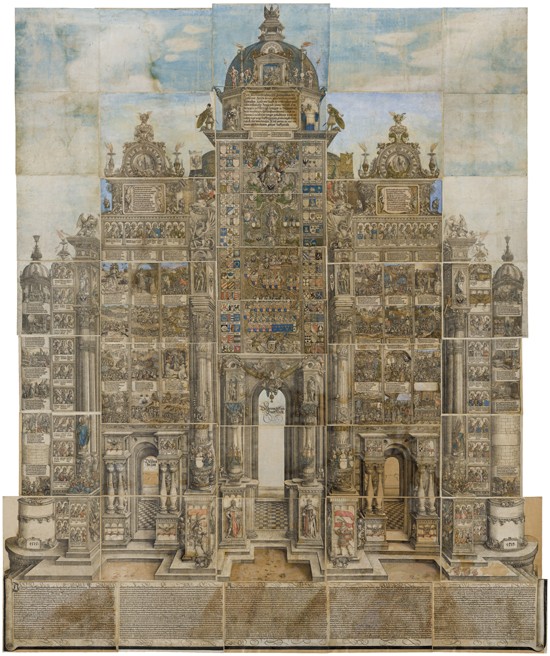
The Triumphal Arch of the Emperor Maximi Albrecht Altdorfer come stampa d\'arte o dipinto.
The Triumph of Maximilian I was a graphic arts program comprising three gigantic woodcut assemblages: the Triumph Arch, the Triumphal Procession, and the Large Triumphal Carriage--a work which art historian, Hyatt Mayor called "Maximilian's program of paper grandeur." The design and execution of this project materialized over 14 years, between.
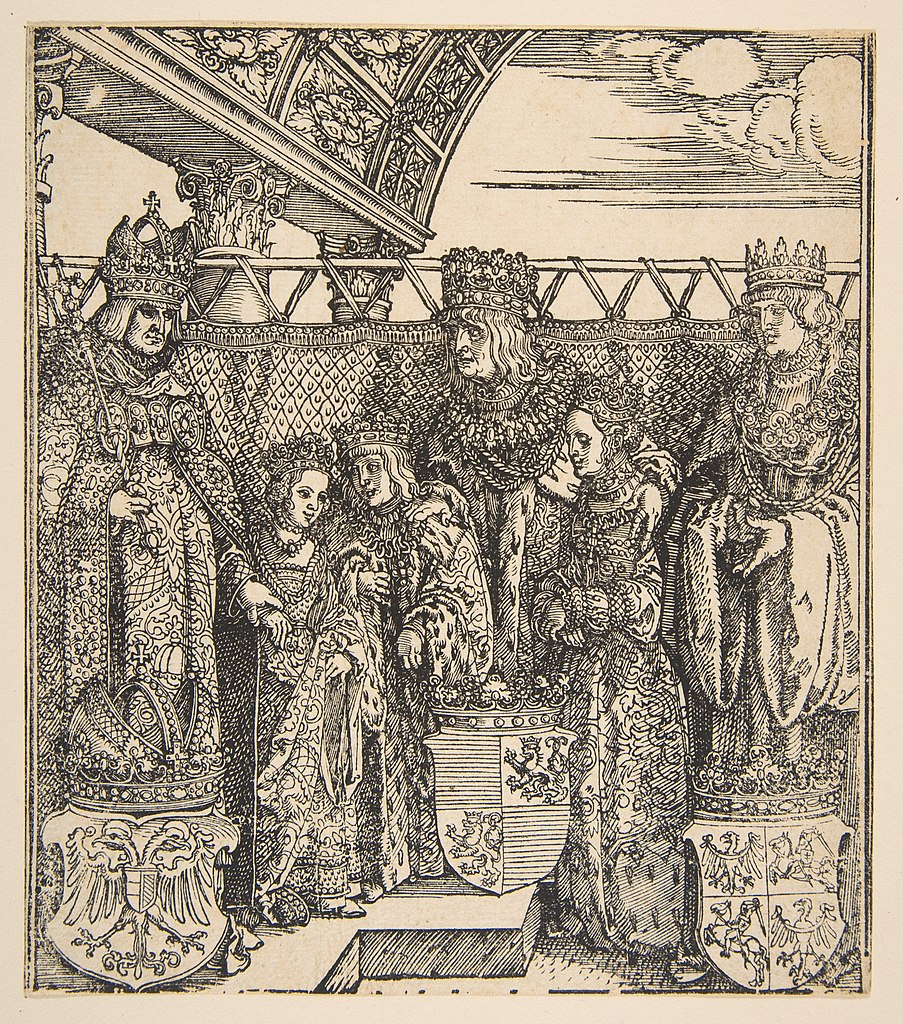
The Triumphal Arch of Emperor Maximilian I Amusing
The Triumphal Arch was a type of Roman architectural monument built all over the empire to commemorate military triumphs and other significant events such as the accession of a new emperor. Celebrated surviving examples of triumphal arches include the Arch of Constantine and the Arch of Septimius Severus, both in Rome.. Triumphal arches could have a single arch or multiple arches with a larger.
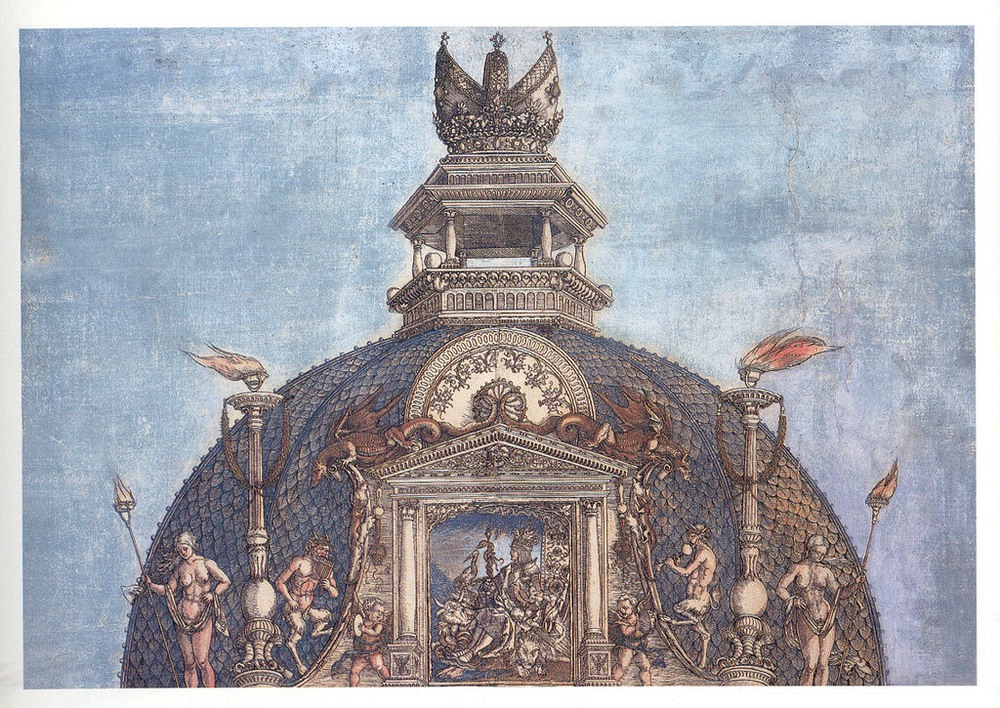
The Triumphal Arch of Emperor Maximilian I Amusing
Description First edition of the Triumphal Arch, printed from 195 blocks on 36 sheets with various scenes glorifying the house of Habsburg and Maximilian's military achievements, the Arch is divided in seven parts: the three gates of Honour, Praise, and Nobility; the central tower; the historical events of Maximilian's reign over the side gates; the busts of emperors and kings on the left the.
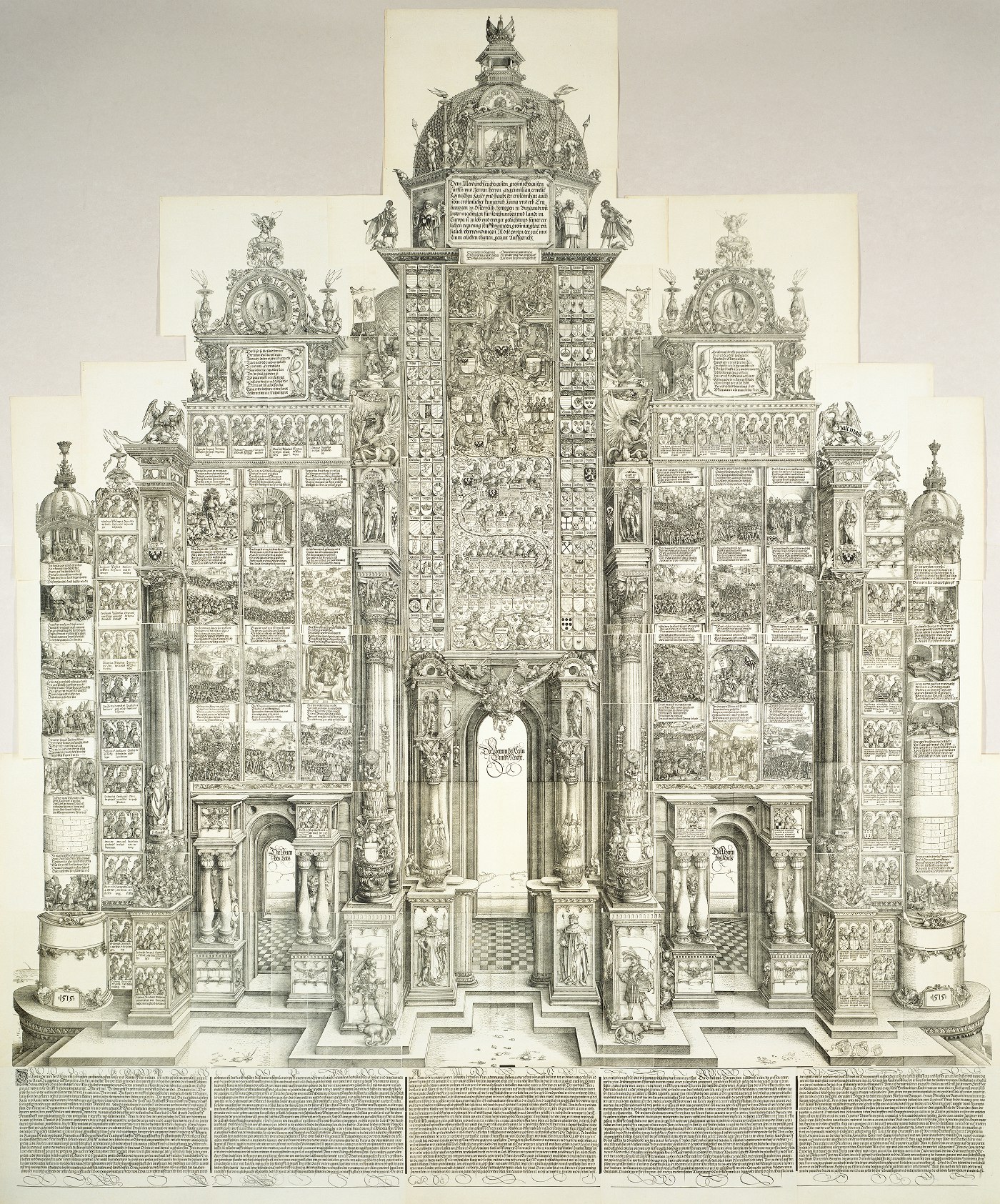
The Triumphal Arch of Emperor Maximilian I (1515) The Public Domain Review
Similar suits of armor in the Maximilian style are on view in the museum's arms and armor court, including Maximilian's personal suit of jousting armor. Traut created this woodcut for a monumental triumphal arch, printed with 195 woodblocks prepared by a team of printmakers.
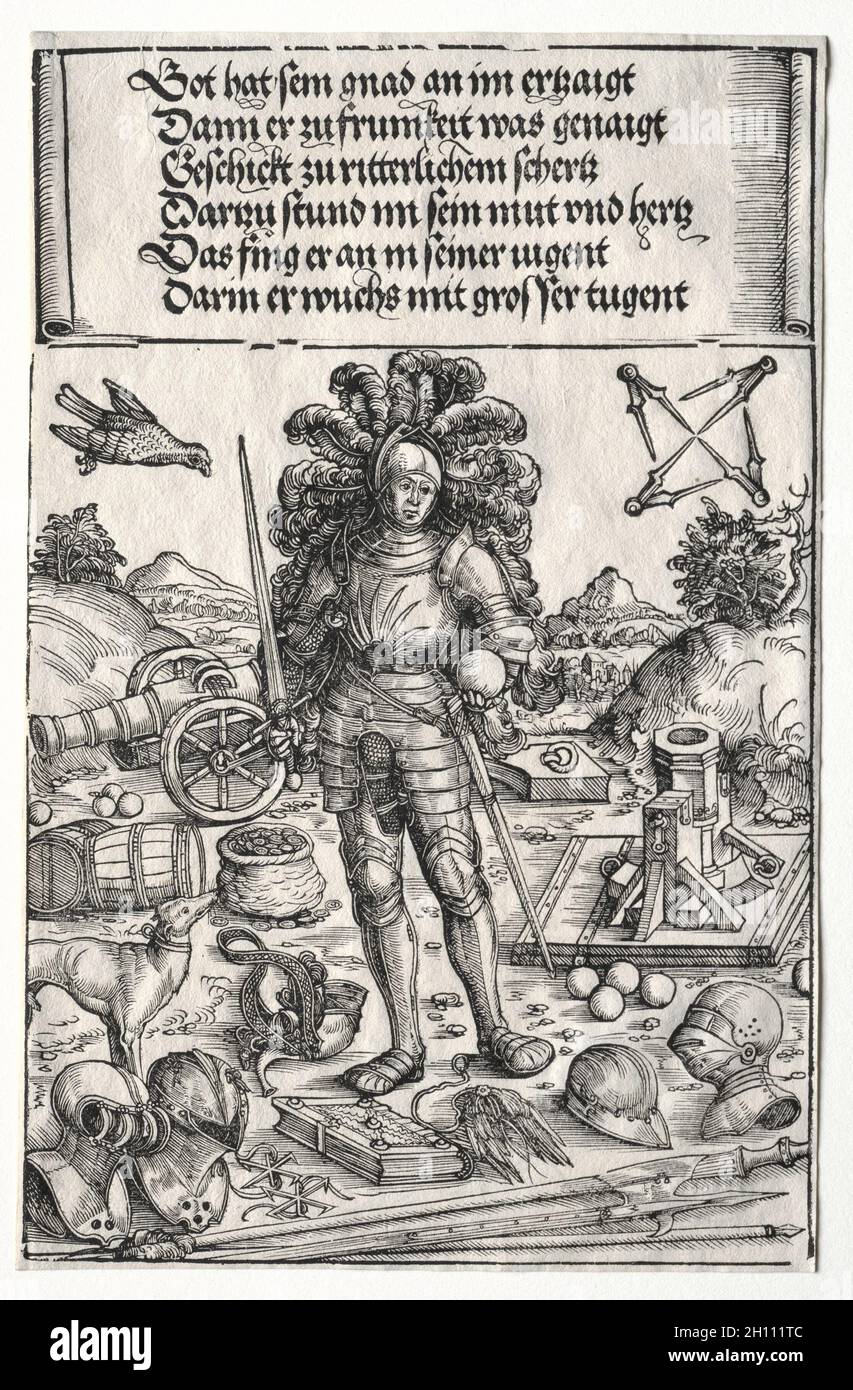
The Triumphal Arch of Maximilian I Emperor Maximilian as Patron of Improvements in Artillery
The Arch of Honor is the artistic summation of Emperor Maximilian I's ambitions. Combining elements from many of his other commissions, it shows his ancestry, territories, extended kinship, predecessors as emperor, deeds, accomplishments, personal talents, and interests.
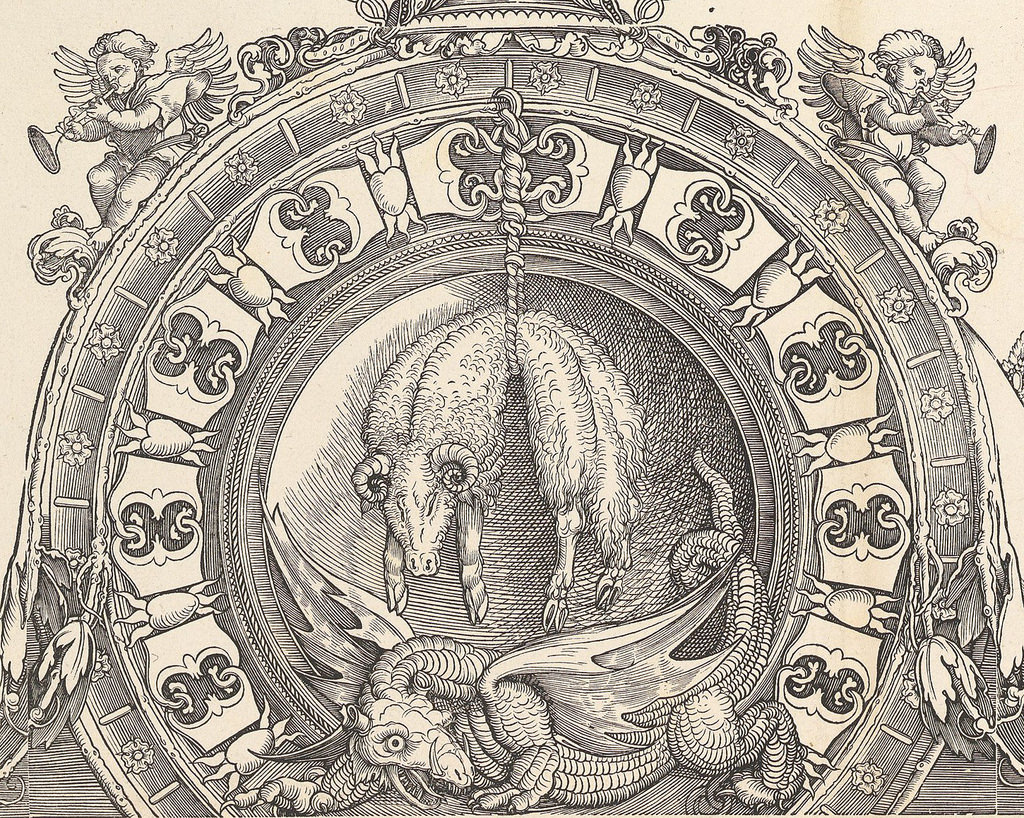
The Triumphal Arch of Emperor Maximilian I (1515) The Public Domain Review
The Triumphal Arch (also known as the Arch of Maximilian I, German: Ehrenpforte Maximilians I.) is a 16th-century monumental woodcut print commissioned by the Holy Roman Emperor Maximilian I. The composite image was printed on 36 large sheets of paper from 195 separate wood blocks.

The Triumphal Arch of Maximilian I Minneapolis Institute of Art
The Triumphal Arch of Maximilian Collection Home > Collection > The Triumphal Arch of Maximilian Image Description Albrecht Dürer The Triumphal Arch of Maximilian, 1515 (1799 edition) Not on View Medium 42 woodcuts and 2 etchings on laid paper assembled to form one image Dimensions overall size: 354 x 298.5 cm (139 3/8 x 117 1/2 in.) Credit Line
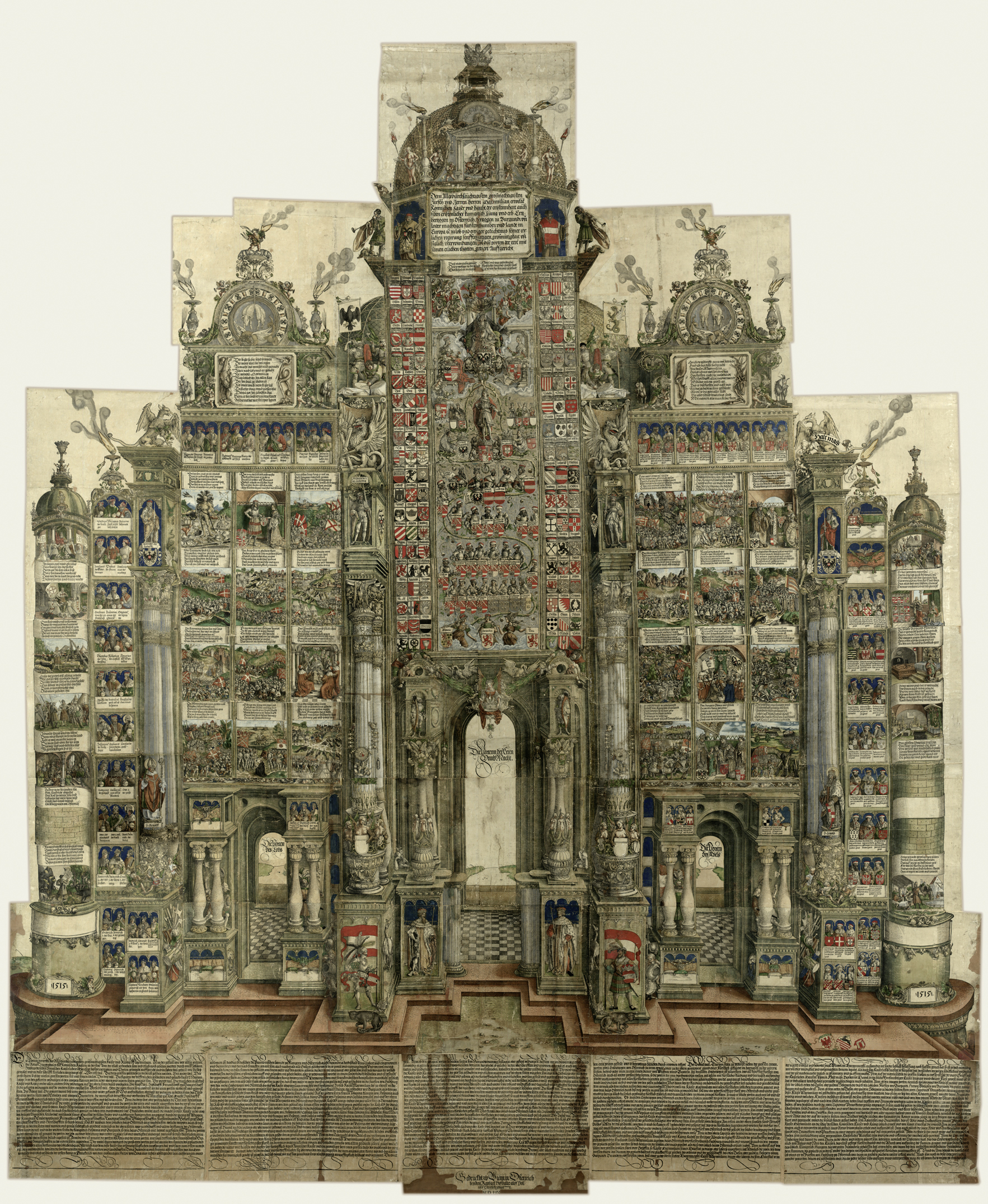
Technology and Triumphal Arch Parallels Dürer and Debombourg Alberti’s Window
History and MemoryArt: The Triumphal Arch of Maximilian I » Albrecht Dürer (German, 1471-1528) and others The Triumphal Arch of Maximilian I Artist / Origin: Albrecht Dürer (German, 1471-1528) and others Region: Europe Date: 1515 (published 1517-18)
Works NGV View Work
The Triumphal Arch of Emperor Maximilian I (1515) Holy Roman Emperor Maximilian commissioned this extraordinary, grandiose triumphal arch in around 1515 to glorify himself and his ancestors. Never a blueprint for a real arch, it was designed to decorate the walls of town halls and ducal palaces throughout the Empire.
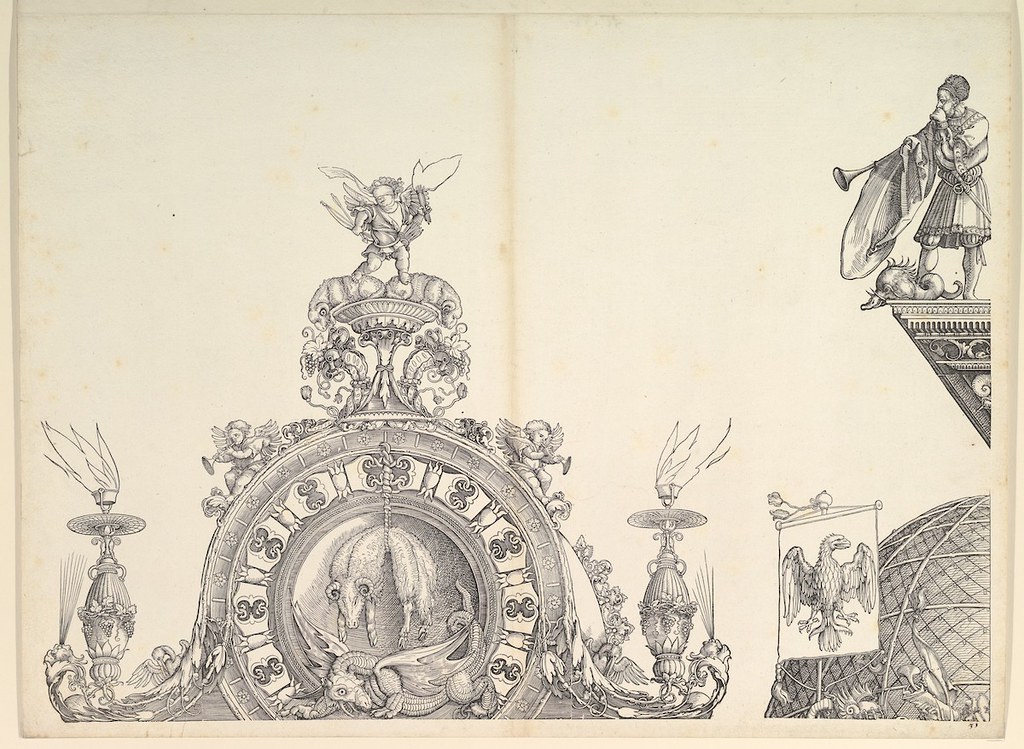
The Triumphal Arch of Emperor Maximilian I (1515) The Public Domain Review
Dürer, The Triumphal Arch or Arch of Honor Google Classroom By Dr. Larry Silver Albrecht Dürer, Arch of Honor, 1515, printed 1517-18, woodcut, 36 sheets of large folio paper printed from 195 woodblocks, measuring almost twelve feet tall and ten feet wide (The Metropolitan Museum of Art)
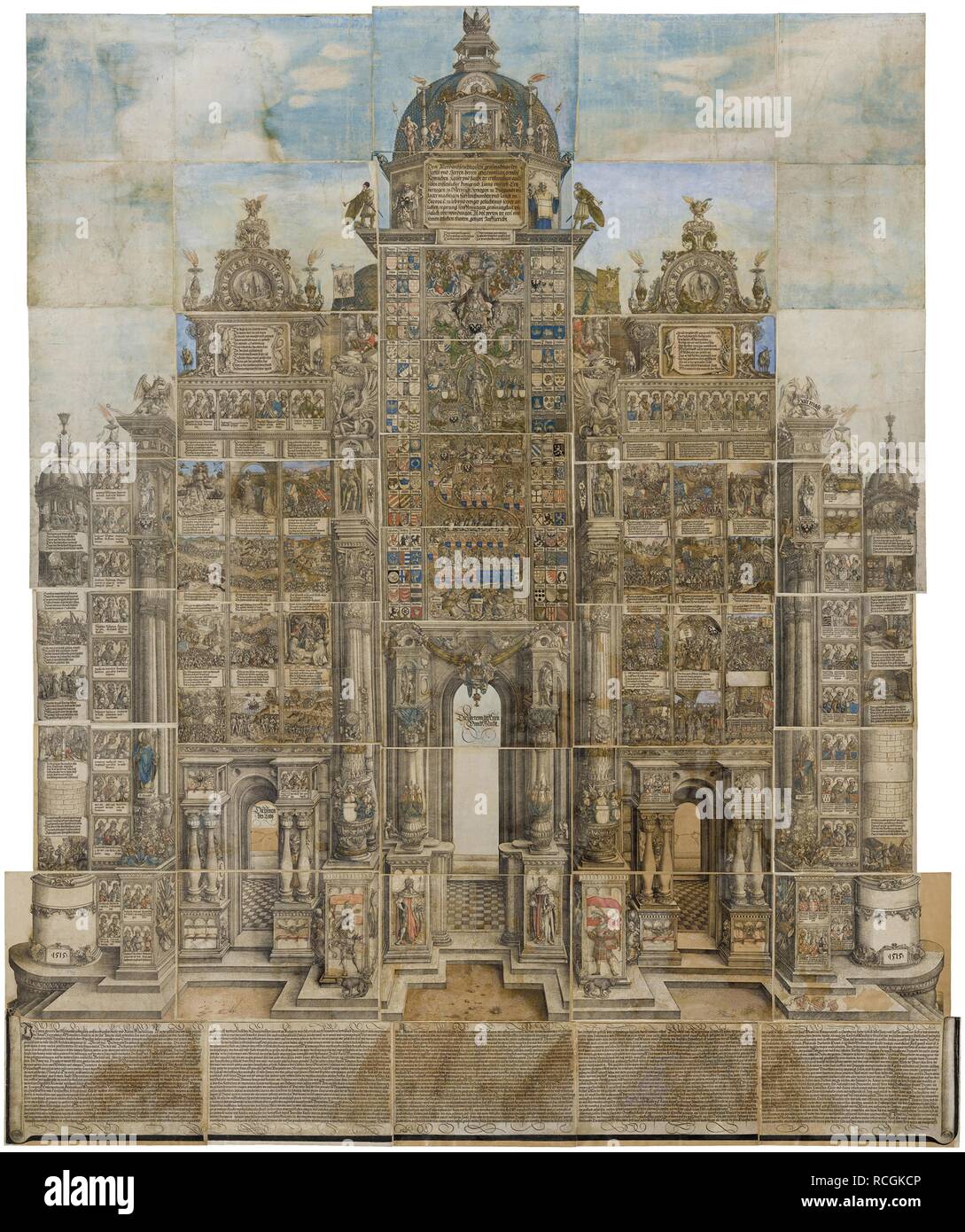
The Triumphal Arch of the Emperor Maximilian I. Museum Herzog Anton Ulrich Museum, Braunschweig
The Triumphal Arch is a 16th-century monumental woodcut print commissioned by the Holy Roman Emperor Maximilian I. The composite image was printed on 36 large sheets of paper from 195 separate wood blocks. At 295 × 357 centimetres , it is one of the largest prints ever produced and was intended to be pasted to walls in city halls or the palaces of princes.

Albrecht Durer, German, 14711528, The Triumphal Arch of Maximilian News Photo Getty Images
The Triumphant Arch of Maximilian is a composite print made from 192 woodblock printed pieces. The work was commissioned by Maximilian I, Holy Roman Emperor (r. 1508-1519 CE) and carried out c. 1515 CE by various artists supervised by Albrecht Dürer (1471-1528 CE). (National Gallery of Art, Washington D.C.) Remove Ads Advertisement

The Triumphal Arch of Emperor Maximilian I (1515) The Public Domain Review
The Triumphal Procession (in German, Triumphzug) or Triumphs of Maximilian is a monumental 16th-century series of woodcut prints by several artists, commissioned by the Holy Roman Emperor Maximilian I. The composite image was printed from over 130 separate wood blocks; a total of 139 are known. Approximately 54 metres (177 ft) long, it is one.

Triumphal Arch (Arch of Maximilian I)The print is dated 1515 on 2 blocks,indicating when the
August 27, 2016 - February 26, 2017 Triumphal Arch is one of the most ambitious prints ever produced. Constructed from imprints of 192 panels, the enormous woodcut was part of a propaganda campaign waged by Maximilian I (1459-1519), emperor of the Holy Roman Empire.

Albrecht Durer The Arch of Honour of Maximilian I, 1515 Albrecht durer, Albrecht dürer, Woodcut
Albrecht Dürer's Triumphal Arch, commissioned by Emperor Maximilian, is one of the largest prints ever produced. The emperor sought a piece that could be pasted onto the walls of city halls or the palaces of princes.